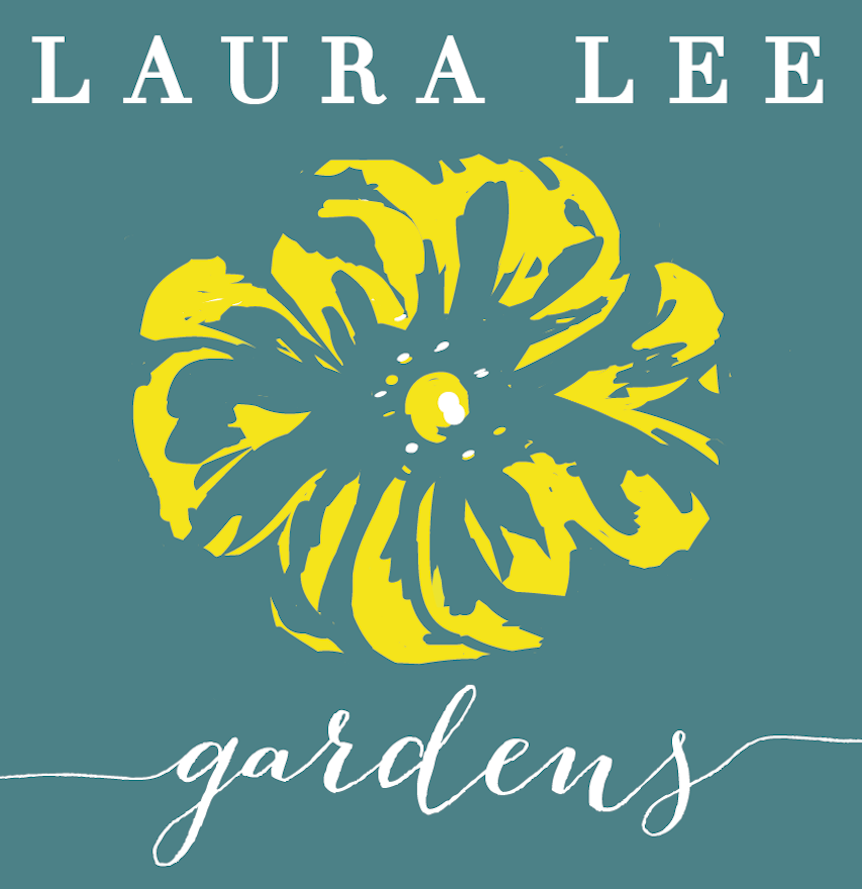It’s really important to me that my planting schemes provide something for beneficial insects like bees, butterflies and hoverflies to feast on for as long as possible throughout the year. This means not only things that flower but that can also be left standing over winter, providing seeds for birds and shelter for small bugs like ladybirds (who will eat all your aphids come Spring!). Inviting insects into your garden encourages an entire ecosystem, including frogs, toads and birds who will happily feast on your snails and slugs too and so a whole beneficial environment is created. As a general rule, insects prefer simple flower shapes such as daisies, bells and umbellifers like cow parsley and planting lots of different shaped flowers will encourage the biggest diversity of insects. Here are some of my favourite plants for year-round insect heaven.
Winter:
Phlomis russeliana – I love this as a vertical plant in the border in summer, but it really comes into its own in winter as the seedheads look gorgeous frosted and they provide shelter for overwintering insects. The leaves are evergreen.
Crocus tommasinanus – lovely in lawns before the first cut
Anemone nemerosa ‘Robinsoniana’ – excellent for naturalising under trees
Helleborus orientalis – beautiful blooms in the depths of winter
Sarcococca – plant near a path or doorway to enjoy its winter scent
Spring:
Primula vulgaris - such a cheerful plant which will be covered up by bigger herbaceous perennials as it finishes flowering
Symphytum orientale – brilliant for dry shade under trees, grow it where it can be free to roam
Euphorbia – really fabulous with early brightly coloured tulips
Malus (crab apples) – one of the best wildlife trees you can plant
Ajuga reptans – great on heavy clay
Fritillaria meleagris – beautiful mass planted in long grass
Single Tulips – look for varieties that have good perennial value. Some only last a year or two.
Early summer
Digitalis (Foxgloves) – always beautiful and there are perennial species as well as the usual biennial.
Lunaria annua (Honesty) – perfect for the cottage garden look
Geranium – there is a Geranium for every site and situation and they can work in modern gardens too
Alliums – fab for punctuating a border and the purples work really well with zingy greens. Dried heads can be left on all summer.
Astrantias – one of my favourites and a beautiful pollinator plant. Needs some moisture in the soil to do really well.
Mid to late summer
Achilleas – brilliant for hot dry areas
Knautia macedonica – gorgeous colour and beautiful in naturalistic planting schemes
Daucus carota ‘Dara’ – purple form of the wild carrot, easy to grow from seed
Gaura lindheimeri – lovely with grasses
Origanum laevigatum ‘Herrenhausen’ – beautiful dark purple form of the herb. Evergreen foliage.
Erigeron karvinskianus – lovely for edging borders, in a sheltered spot can flower on and off all year
Persicaria – bulletproof plant for tricky situations
Salvia – can be tender so look for varieties that can cope with a cold winter
Echinacea – best in full sun, the seedheads can be left over winter to provide food and shelter for wildlife
Verbena bonariensis – can seed itself around but easy enough to control and beloved by butterflies. Lovely in a late summer garden with tall grasses.
Autumn
Anemone x hybrida – leaves emerge in early Spring and it flowers well into Autumn so a great plant for long interest. Also good in tricky situations such as dry shade.
Aconitum carmichaelii – amazing blue when everything else is going over
Campanula poscharskyana – will have been flowering most of the summer. Great for edging and spilling over walls
Symphyotrichum (Michaelmas daisys) – can need a bit of management not to run riot but for late autumn colour they are fabulous.
